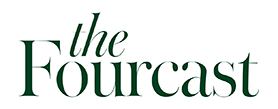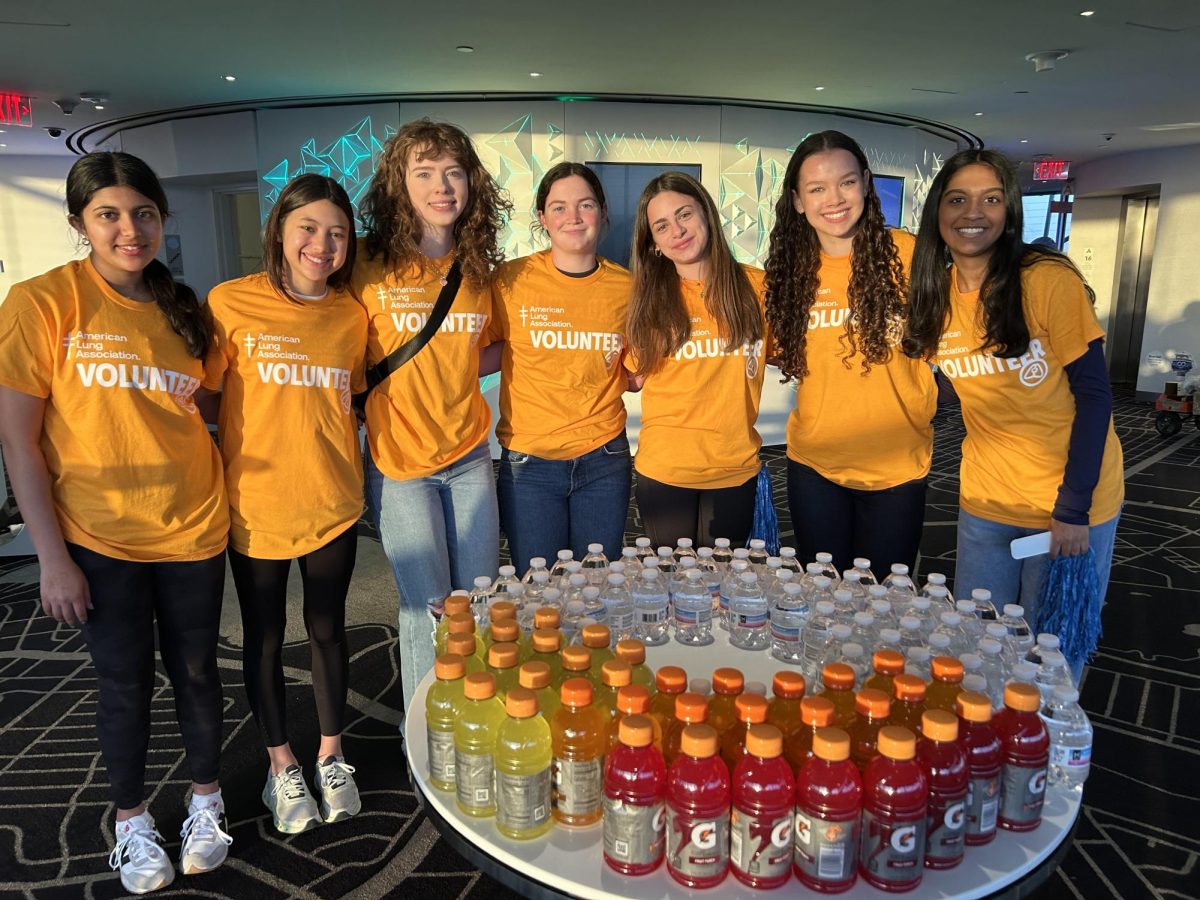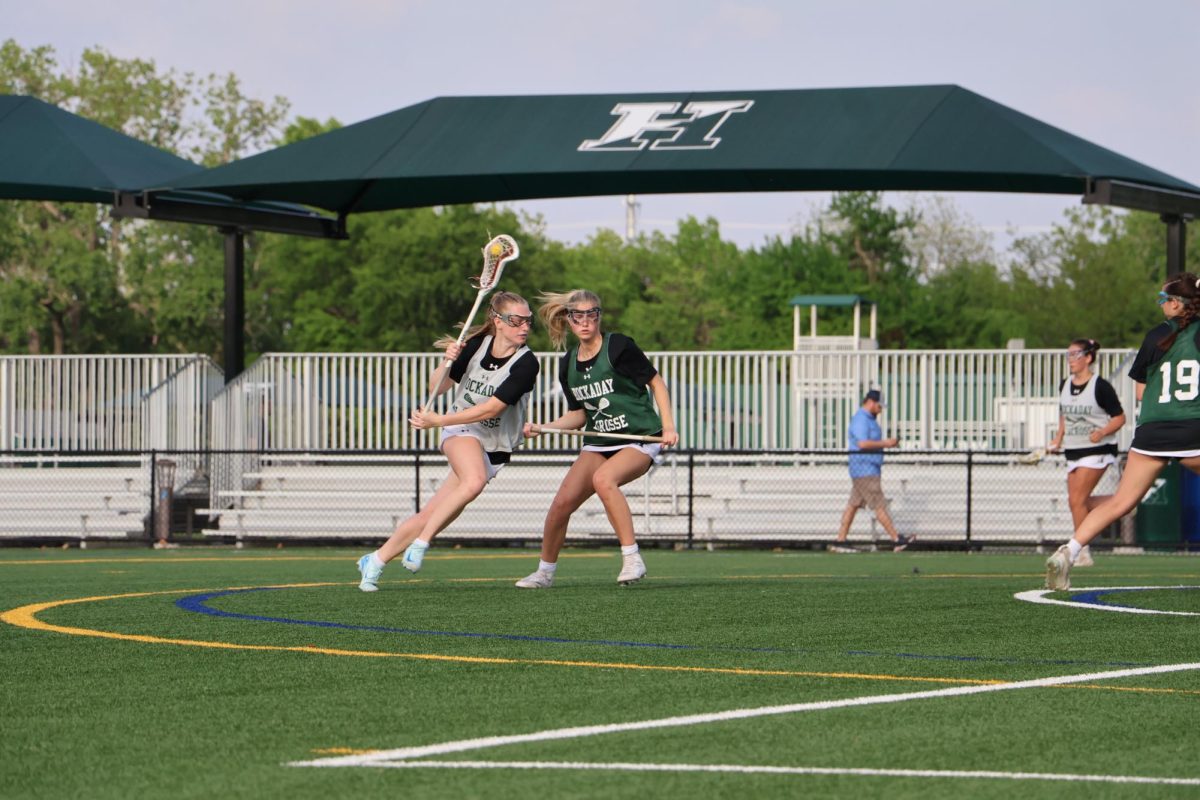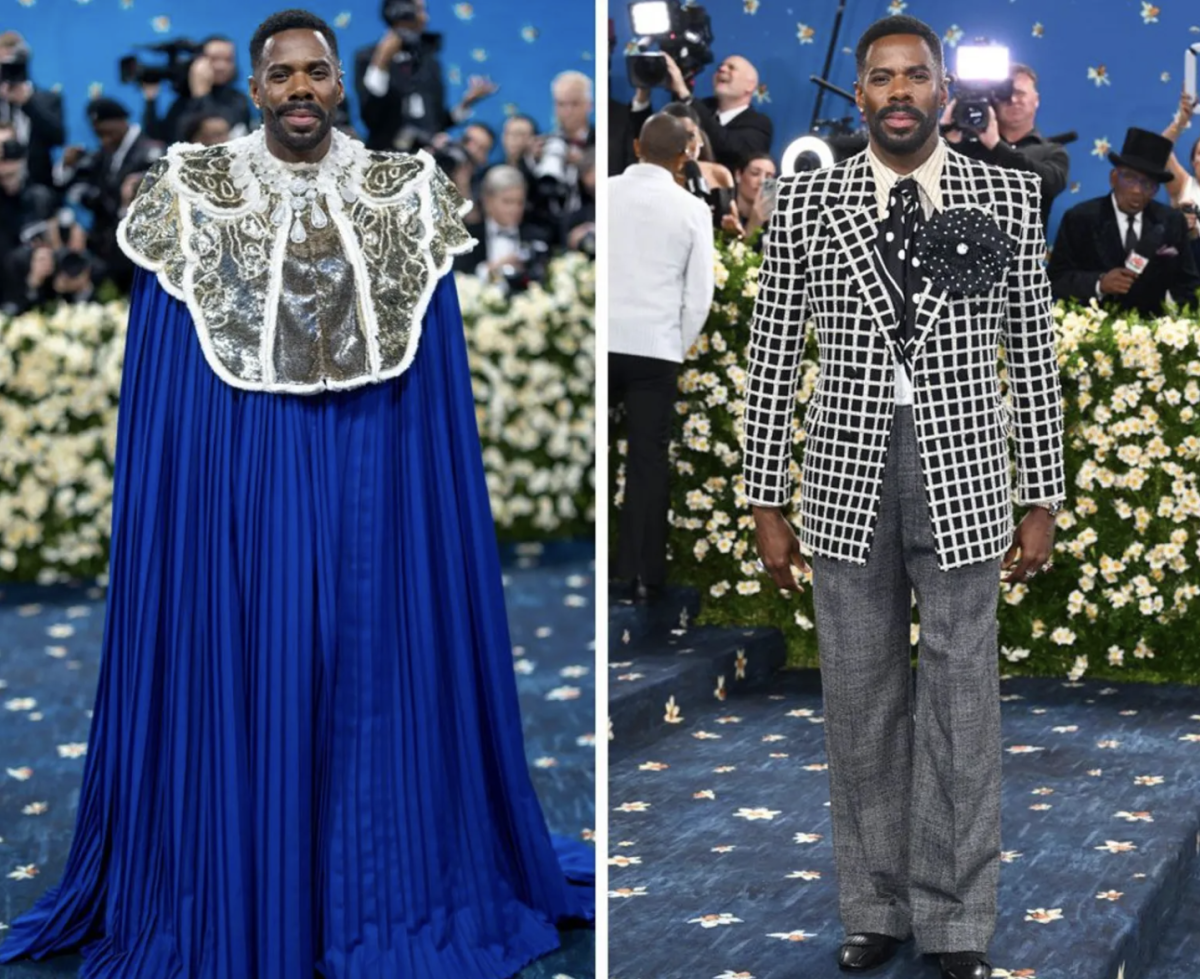The new conservation biology class, piloted by Jessie Crowley, focuses on learning different biology concepts through hands-on learning.
“Kids learn more when they are actually doing it,” said Crowley, who was previously a specialist in informal education at the Perot Museum.
The Perot Museum is most recognized for their effective hands-on exhibits.
“We have always had things that they could touch or manipulate or design,” Crowley said. “I really think that, overall, students take a lot more from those experiences.”
Applying what she observed at the Perot, Crowley brings the same beneficial experiences to Hockaday to teach biology concepts in an unconventional, but impactful way.
The class, open to juniors and seniors, is for one semester.
According to the Upper School Course Selection catalog, students learn a variety of topics which include threats to biodiversity, environmental policy, techniques used in studies of ecology, and analysis of current case studies in conservation biology.
The Hockaday campus sits on the Blackland prairies, which is a Texas ecological region that has less than one percent remaining, and one of the contributing factors to the region’s decline is the lack of biodiversity.
Looking at biology through the lens of conservation, students can create their very own “Pocket Prairie” in the new outdoor classrooms, which were also introduced this year as a part of the new athletic facilities.
“Throughout the course, we’ve been learning about the ecology of Blackland prairies and food webs,” Crowley said. “The groups can think about conservation goals that they might have in mind in terms of what plants they’re going to select.”
After creating a goal, students can later create and execute their plan on campus, providing a positive impact to the natural areas surrounding campus.
Crowley thinks that the new course will help students be more curious and open to exploration.
“I think the class will give students the tools to explore nature wherever they are,” Crowley said, “not only to explore it but to ask questions about how we are using this area and better ways that we can be more sustainable as a race of humans.”






